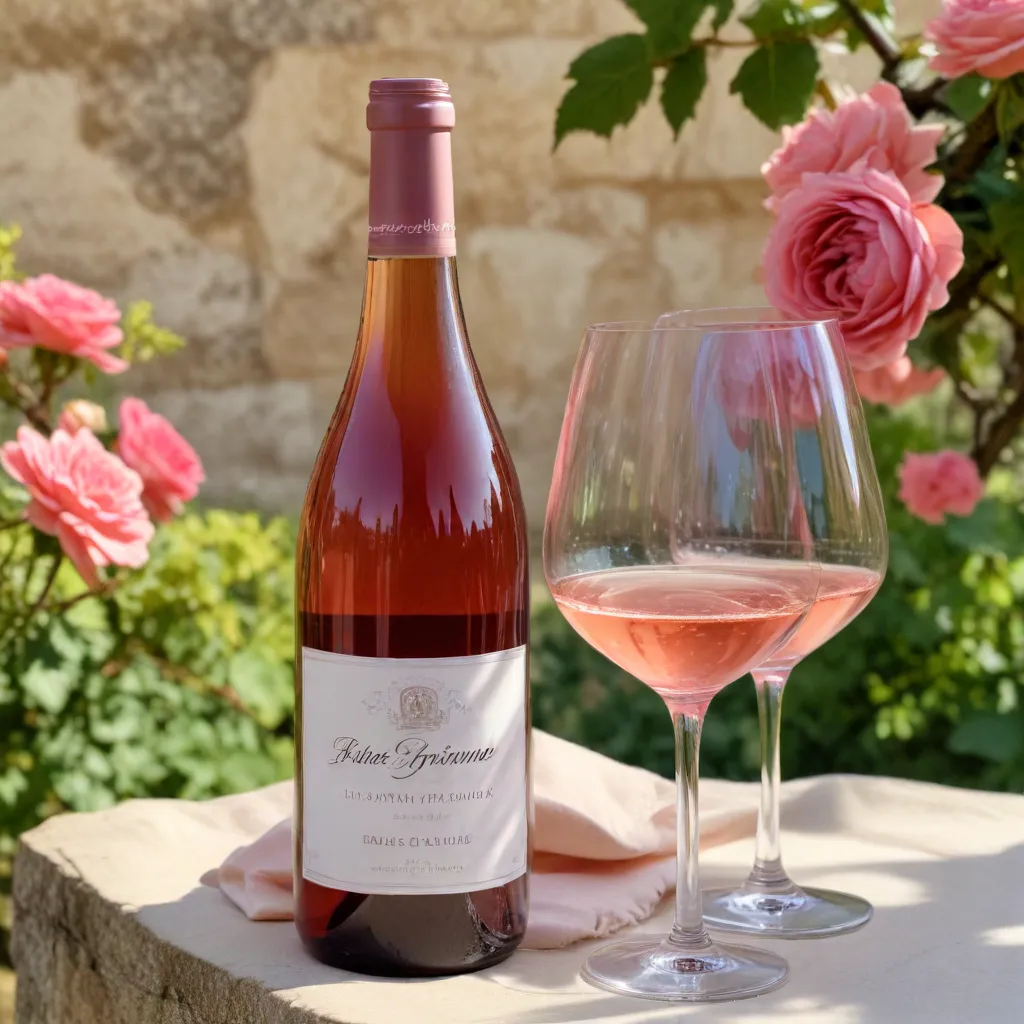
Rosé wine is a vibrant art gallery, each bottle a unique stroke that captures the essence of its origin. As a lover of culinary adventures, I can’t help but be drawn to the myriad styles of rosé, each offering a distinct palette of flavors and aromas. Whether it’s the whisper-light notes from Provence or the bold expressions from California, exploring rosé feels like an endless summer.
Rosé Wine Styles
Provence Rosé
The Provence region of France is renowned for its delicate, pale rosés that embody the essence of summer. These wines, often crafted from a blend of Grenache, Cinsault, and Syrah, whisper of strawberries, citrus, and a hint of minerality. With their bright acidity and refreshing character, Provence rosés are the perfect companions for al fresco dining, complementing everything from grilled seafood to light salads.
Zinfandel Rosé
On the other end of the spectrum, we have the bold and fruit-forward rosés of California, often made from the Zinfandel grape. These wines, sometimes labeled as “White Zinfandel,” can range from delicately sweet to bone-dry, offering a diverse array of flavors. Imagine ripe strawberries and juicy watermelon, underscored by a lively acidity that keeps the palate refreshed. Zinfandel rosés are incredibly versatile, pairing well with spicy dishes, barbecue, and even rich desserts.
Rhône Valley Rosé
Venturing into the Rhône Valley, we discover the assertive and full-bodied rosés of Tavel. These wines, primarily crafted from Grenache and Syrah, flaunt a deep, almost ruby-red hue. On the palate, they burst with ripe red berries, hints of spice, and a prominent tannic structure that sets them apart from their lighter counterparts. Tavel rosés are the perfect accompaniment to heartier fare, such as grilled lamb, Mediterranean-inspired dishes, or even a robust charcuterie board.
The Spectrum of Rosé Color
Pale Rosé
The delicate hues of Provence rosés are the result of the direct pressing method, where the grape skins are quickly separated from the juice, minimizing their contact time. This technique yields a pale, ethereal color, reminiscent of a soft summer sunset. These wines offer a whisper-light profile, highlighting subtle notes of red berries, citrus, and even a hint of florality.
Vibrant Rosé
In contrast, the maceration method, where the skins are left to linger with the juice for a more extended period, results in rosés with a vibrant, almost neon-pink appearance. These wines, like the Rhône Valley’s Tavel, often display a deeper, more intense color and a robust, full-bodied character. The extended skin contact imbues the wine with richer flavors, tannins, and a mouthfeel that can rival some light red wines.
Deep Rosé
Then, there are the rosés that toe the line between pink and red, with a deep, almost ruby-tinged hue. These wines, often crafted using the blending technique, combine the freshness of white wine with the structure and complexity of red wine. Cabernet Sauvignon rosés, for example, can showcase a bold, fruit-forward profile with notes of bell pepper, black currant, and a firm tannic backbone.
Rosé Production Methods
Saignée Method
The saignée method is a technique often used in the production of American rosés, particularly those made from Syrah or Cabernet Sauvignon grapes. In this process, a portion of the juice is “bled” or “saignéed” from the red wine fermentation, resulting in a more concentrated, bolder-styled rosé.
Direct Pressing
As mentioned earlier, the direct pressing method involves quickly separating the grape skins from the juice, limiting their contact time and yielding a pale, delicate rosé. This technique is commonly used in the production of Provence-style rosés, creating wines that are crisp, refreshing, and often display notes of strawberry, citrus, and subtle minerality.
Blending
The blending approach involves combining white and red wine to achieve the desired color and flavor profile. This method is particularly prevalent in the production of sparkling rosé, where a touch of Pinot Noir is added to a base of white Champagne wine, imparting a beautiful salmon-pink hue and a touch of complexity.
Food Pairing with Rosé
Light Dishes
Rosé’s inherent versatility makes it an excellent companion for a wide range of culinary delights. The light, crisp rosés from Provence, for instance, pair beautifully with delicate dishes like fresh salads, grilled seafood, and even sushi. The wine’s bright acidity and subtle fruit flavors complement the delicate flavors of these dishes, creating a harmonious balance.
Grilled Meats
On the other hand, the more full-bodied rosés, such as those from the Rhône Valley or California, can hold their own against heartier fare. Imagine a juicy grilled steak or a smoky barbecue brisket, where the wine’s robust character and touch of tannin can stand up to the bold flavors. These rosés can also be a delightful pairing for charcuterie boards, adding a refreshing contrast to the rich, savory meats and cheeses.
Spicy Cuisines
Rosé’s versatility even extends to spicy dishes, where its acidity and subtle sweetness can help tame the heat. Whether it’s a Thai curry, a Moroccan tagine, or a fiery Mexican mole, the right rosé can provide a refreshing counterpoint, cleansing the palate and allowing the diner to fully enjoy the complex flavors of the dish.
Rosé wine is a captivating canvas, with each style and region offering a unique artistic expression. From the delicate, whisper-light Provence rosés to the bold, fruit-forward Zinfandel rosés, and the assertive, full-bodied Rhône Valley offerings, the world of rosé is a vibrant tapestry waiting to be explored.
As you navigate this diverse landscape, let your palate be your guide. Pair the light, crisp rosés with delicate seafood and salads, the medium-bodied options with grilled meats and spicy cuisines, and the more robust styles with hearty, flavorful dishes. Embrace the versatility of rosé, and let it transport you to sun-kissed vineyards, wherever your culinary adventures may lead.
Discover the world of rosé at Wine Garden Inn, where our commitment to showcasing the finest examples of this versatile wine is unparalleled. Join us as we explore the diverse styles, uncover the nuances of production, and savor the perfect food-wine pairings that make rosé a year-round delight.
